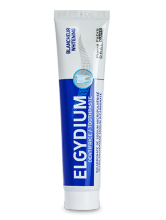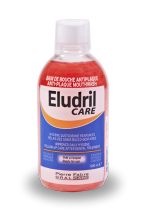Relieving injuries caused by braces
Irritation and minor wounds caused by dental braces
Wearing braces can cause irritation on the surface of the tongue, lips or inside the cheeks, as a result of the bracket attachment system or wires rubbing against these areas after they are fitted.
These mouth injuries can be painful and uncomfortable and should be treated rapidly to encourage acceptance of the orthodontic treatment, particularly for children.
Protecting the painful areas
The painful areas must be protected from the part of the braces that are causing irritation. Applying a protective wax (available from pharmacies) or silicone, until the irritation disappears can help relieve discomfort and give the area time to heal. If the irritation continues, consult your dentist.
To apply the wax, take a small piece from the box and roll it up into a pea-sized ball. Squeeze the wax to form a small disc and use it to cover the part of the attachment causing the irritation or minor injury. The wax is harmless and it can be swallowed or melt in the mouth.
Relieving discomfort
Solutions for mouthwashes or antiseptic and analgesic gels can be used. There are soothing, repairing and cleansing gels available that are specifically suited to mouth pains in children and teenagers. PANSORAL REPAIR is a soothing gel that can be used from the age of three.
The gel is formulated to cover and properly adhere to the mucosa by means of a dressing effect. The gel isolates and protects the wound, adding a protective barrier effect.
In the event of complications, consult your dental surgeon without delay.

